Bank Loans in the Philippines
Bank loans in the Philippines provide access to funds for various needs, from purchasing a home to starting a business. These loans typically come with different interest rates and terms, so it’s crucial to assess your options carefully. Choosing the right loan can significantly impact your financial health and help you achieve your goals more effectively. Consider factors like repayment capacity, interest rates, and loan terms to make an informed decision.
| Company | Loan amount | Term of Loan | Age Limit | Apply | |
|---|---|---|---|---|---|
 | 500 - 25000₱ | 61 days | 🆓 0% interest to new customers! | Apply for a loan | |
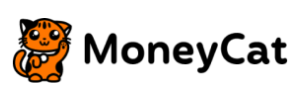 | 500 – 25000 ₱ | up to 180 days | 🆓 First loan for FREE | Apply for a loan | |
| No applications with TIN, PAGIBIG, or Postal ID | |||||
 | 1000 – 50000 ₱ | up to 365 days | 🆓 First loan free of charge | Apply for a loan | |
 | 1000 – 20000 ₱ | 61 days | 🆓 First 7 Days with 0% Interest! | Apply for a loan | |
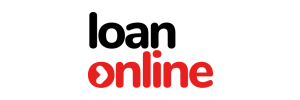 | 500 – 25000 ₱ | up to 365 days | 🔥 The best offer today! | Apply for a loan | |
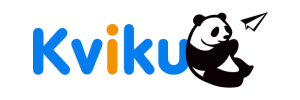 | 500 – 25000 ₱ | up to 135 days | ⏱️ Disbursed in 5 minutes | Apply for a loan | |
 | 2000 – 25000 ₱ | 62 – 360 days | 🆓 First loan for FREE | Apply for a loan | |
 | 1000 – 50000 ₱ | 🆓 First loan for FREE | Apply for a loan | ||
 | 1000 – 25000 ₱ | 91 – 365 days | ✅️ Most approved | Apply for a loan | |
 | 1000 – 25000 ₱ | up to 1800 days | Apply for a loan | ||
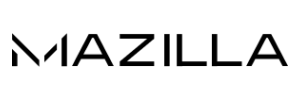 | 500 - 25000 ₱ | 61 – 365 days | Apply for a loan | ||
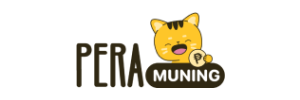 | 500 – 25000₱ | 91 - 180 days | Apply for a loan | ||
 | 1000 – 25000 ₱ | 61 – 365 days | Apply for a loan | ||
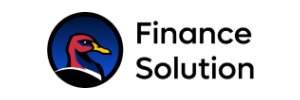 | 1000 – 50000 ₱ | 91 – 365 days | Apply for a loan | ||
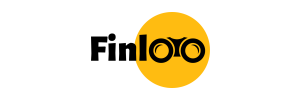 | 1000 – 25000 ₱ | 61 – 180 days | Apply for a loan | ||
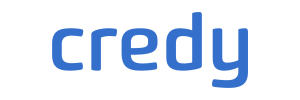 | 1,000 - 25000₱ | 61 - 120 days | 🆓 First loan for FREE | Apply for a loan | |
 | 1000 – 25000 ₱ | 62 – 120 days | Apply for a loan | ||
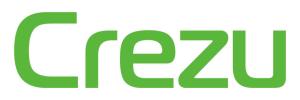 | 1000 – 25000 ₱ | 61 – 120 days | 🆓 First loan for FREE | Apply for a loan | |
 | 1000 – 30000 ₱ | up to 180 days | Apply for a loan | ||
 | 1000 – 25000 ₱ | 61 days | Apply for a loan | ||
APR (annual percentage rate) can vary from 0% to 143%. The loan duration is between 62 days and 20 years. Representative example: If you borrow ₱100.000 to return in 13 weeks, you will repay ₱124.725,87 in weekly installments of ₱9.594,29 (APR 143%). This is a service to find and compare loan and credits. The conditions depend on the financial company, product, amount and loan duration.
Types of loans available
In the Philippines, various types of loans cater to different needs. Understanding these options will help you make informed financial decisions. Personal loans are a popular choice for many. They can be used for a range of purposes, such as funding a wedding or covering unexpected expenses. Another option is home loans, which help Filipinos achieve their dream of owning a house. These usually require collateral and have long repayment terms.
For those seeking to expand or start a business, business loans offer a way to secure capital. They come with unique terms tailored for enterprises. Additionally, vehicle loans are designed for purchasing cars and motorcycles, offering flexible payment schedules. Agriculture loans also support farmers seeking to improve their production capabilities.
- Personal Loans
- Home Loans
- Business Loans
- Vehicle Loans
- Agriculture Loans
Each type of loan comes with its own set of requirements and benefits. It is crucial to review your options carefully. With the right choice, you can access funds with terms that align with your goals, be it personal or business-related. Always remember to borrow responsibly, as loans are commitments that need timely repayments.
What to consider before applying
Applying for bank loans in the Philippines is a significant decision that requires careful thought. It’s not just about getting the funds you need; it’s about understanding your financial situation and how a loan will fit into your life. Taking a loan means committing to repayments over a period of time, which can affect your lifestyle and financial health.
Ensure you fully understand the loan terms and conditions before signing any agreement.
Consider the interest rates, fees, and the total repayable amount. Also, reflect on whether the loan suits your financial goals. Jumping into an application without assessing these factors can lead to stress and financial strain.
The application process simplified
Applying for Bank Loans in the Philippines is a straightforward process if you know the steps involved. First, gather all necessary documents like valid ID, proof of income, and any additional documents required by the bank. It’s important to ensure all information is accurate to avoid delays.
Next, visit your chosen bank or use online application services if available. Fill out the application form, providing all requested details. Double-check for any errors before submission. Upon submission, banks usually conduct a credit check and assess your financial status.
Here’s a quick overview to guide you:
| Step | Description |
|---|---|
| 1 | Collect necessary documents |
| 2 | Submit application online or in-person |
| 3 | Await credit check and assessment |
Common requirements for loan eligibility
When applying for bank loans in the Philippines, several factors determine your eligibility. First, banks often require that you are at least 21 years old but not older than 65 by the end of the loan term. Additionally, you should have a steady income, usually proven through payslips or income tax returns. This assures the bank of your ability to repay the loan. Aside from your income, banks might check your employment status. Being employed in a stable job for at least one year is commonly preferred. For self-employed applicants, proof of business income and a valid business registration may be requested. Having a good credit score is also crucial since this reflects your creditworthiness and how well you’ve managed past debts.
Challenges faced by borrowers
Getting bank loans in the Philippines can be tough. Many people face hurdles. One major issue is strict approval requirements. Some banks need extensive documents like proof of income, IDs, and more. This can be a barrier, especially for those without regular employment or formal financial records.
Not everyone has a steady income or the right documents, making it hard to secure a bank loan.
Another frequent obstacle is high-interest rates. They can make people hesitate. Even if approved, paying back the loan becomes difficult. Banks often prioritize low-risk borrowers. This leaves many without access. Navigating these barriers requires careful planning and understanding.
Unexpected insights on loan interests
Picture this: many believe that taking out a loan is a costly endeavor, but could it actually be saving you money? While it seems counterintuitive, some financial experts suggest that strategic borrowing can leverage opportunities for greater savings in the long run. Instead of seeing interest as a mere expense, consider how loans might empower timely investments that yield gains surpassing the initial costs. It challenges traditional beliefs but might be worth a second thought in the context of bank loans in the Philippines.
Comparing interest rates effectively
Interest rates vary widely depending on the lender and the type of loan. Effective comparison of these rates can save you a significant amount of money. Understanding the subtle differences in loan terms and conditions is crucial. Carefully analyze each offer to see not just the interest rate, but also the annual percentage rate (APR), which can include hidden fees. Knowing these details helps in making an informed decision.
| Lender Type | Interest Rate Range |
|---|---|
| Traditional Banks | 5% – 10% |
| Online Lenders | 6% – 12% |
| Credit Unions | 4% – 8% |
| Microfinance Institutions | 10% – 20% |
When comparing interest rates, don’t forget to assess the loan terms. Some lenders may offer lower rates but shorter repayment periods, which might result in higher monthly payments. Consider your financial situation and choose a loan that not only offers competitive rates but also fits your budget and repayment capacity comfortably.
